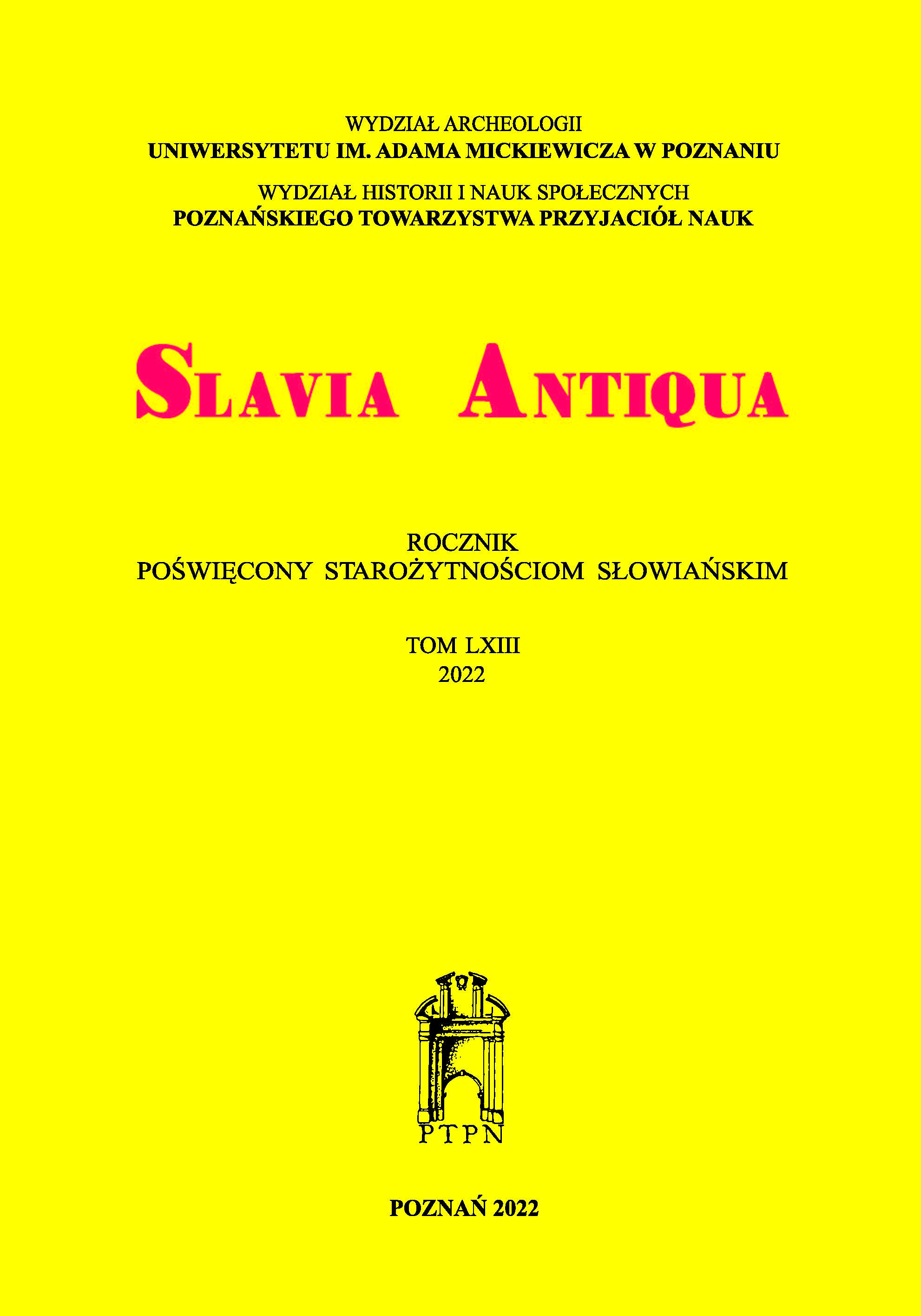Podstawy społeczne i ekonomiczne powstania fenomenu złotnictwa wielbarskiego
THE SOCIAL AND ECONOMIC BASESOF THE WIELBARK GOLDSMITHING
Author(s): Tomasz GralakSubject(s): History, Archaeology, Economic history, Social history
Published by: Uniwersytet Adama Mickiewicza
Keywords: Wielbark culture; gold artefacts; exchange; amber; silver
Summary/Abstract: In the early first century AC, in the north of Poland (predominantly in Pomerania), the Wielbark culture developed with its group of specific features. Among them were numerous items of jewellery. It seems that their use was related to an extended social hierarchy and distant inter-regional trade contacts. The raw material used by the jewellers was most probably obtained from melted Roman coins. Amber exports were at the economic basis of obtaining the coins. The most frequent forms of trinkets: snake- and adder-inspired bracelets, reverse pear pendants, S-shaped buckles and others, are of entirely foreign origin. Their prototypes can be traced back to the pre-Roman areas along the Danube occupied by the Thracians and the Dacians or the La Tène culture population.
Journal: Slavia Antiqua. Rocznik poświęcony starożytnościom słowiańskim
- Issue Year: 63/2022
- Issue No: 1
- Page Range: 7-40
- Page Count: 34
- Language: Polish

